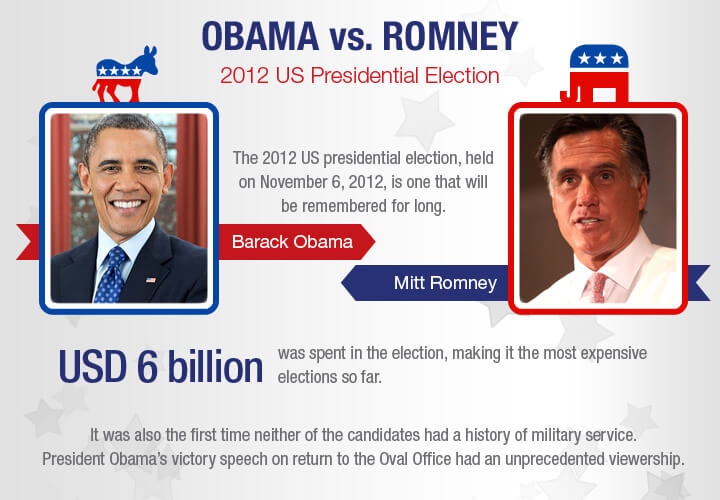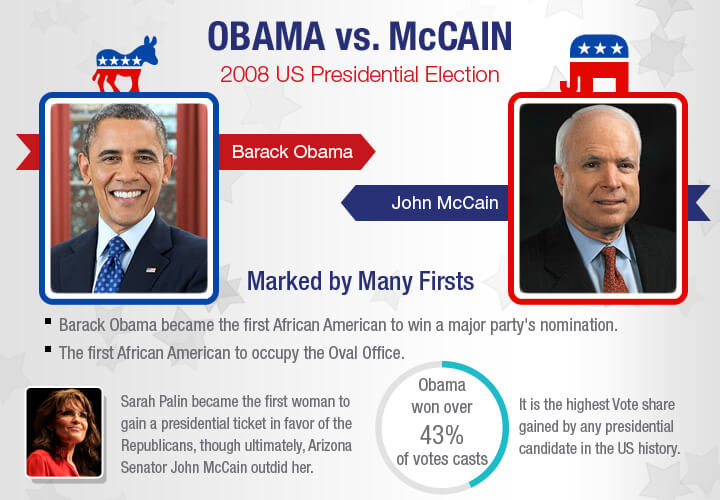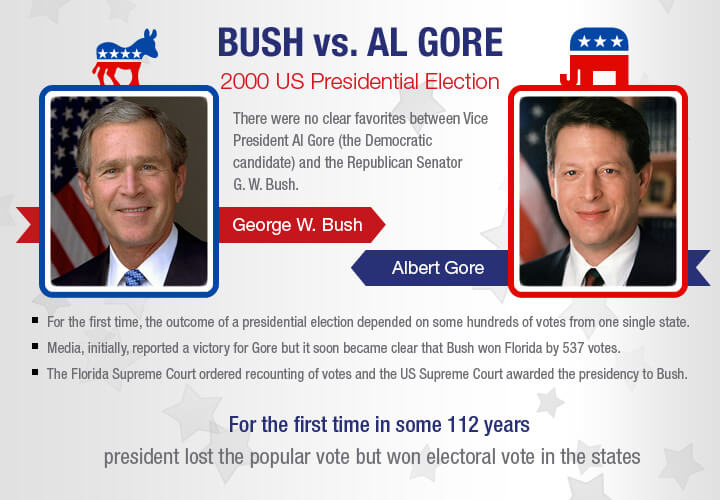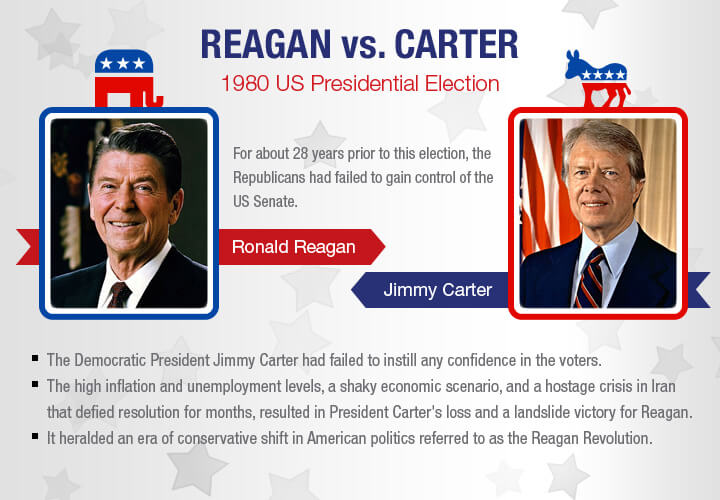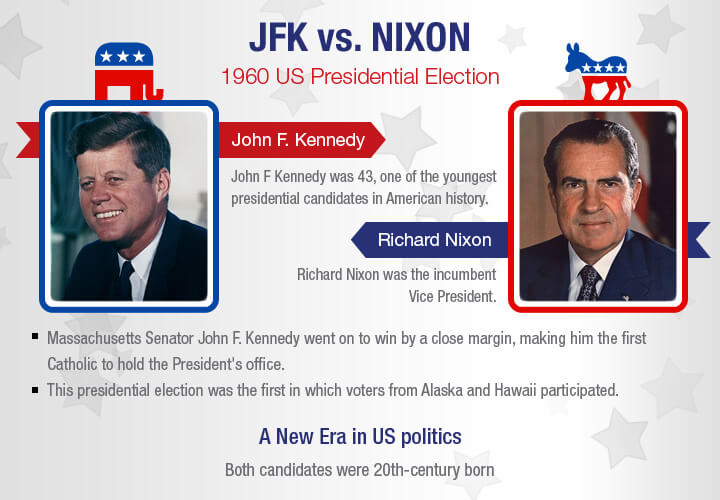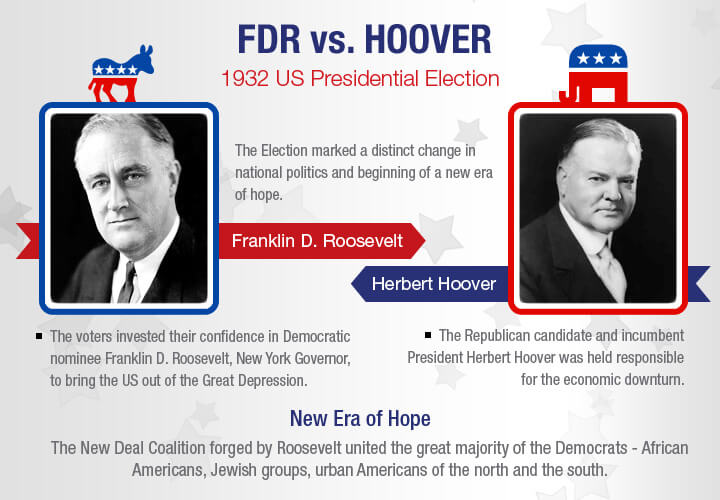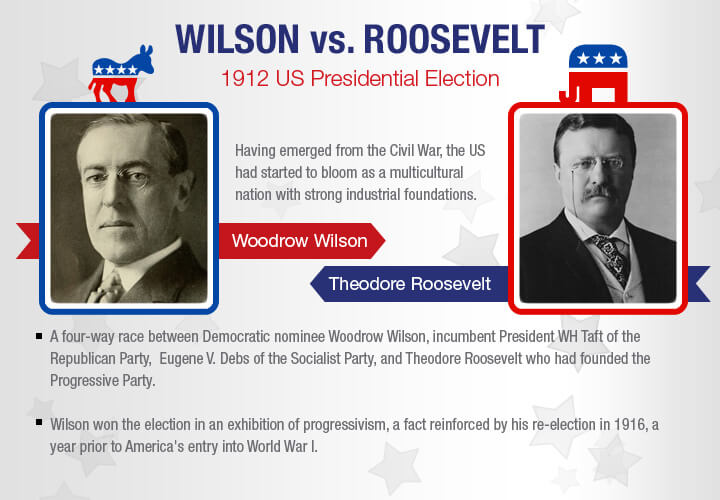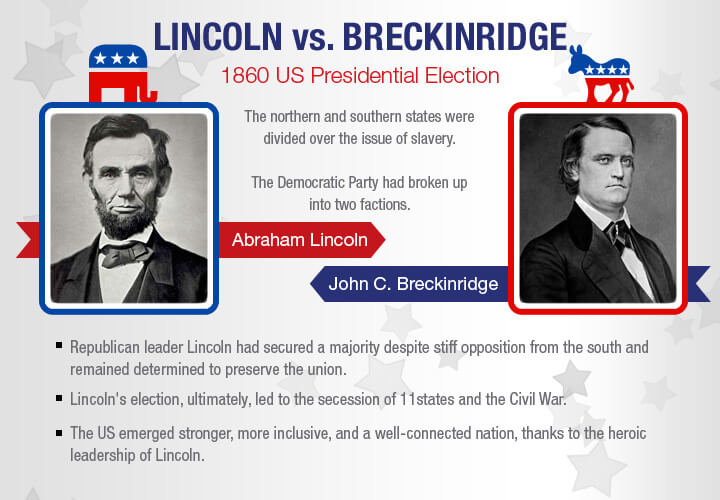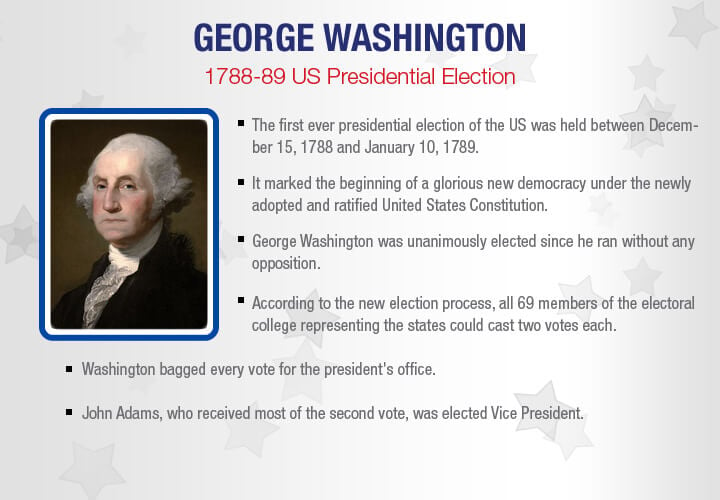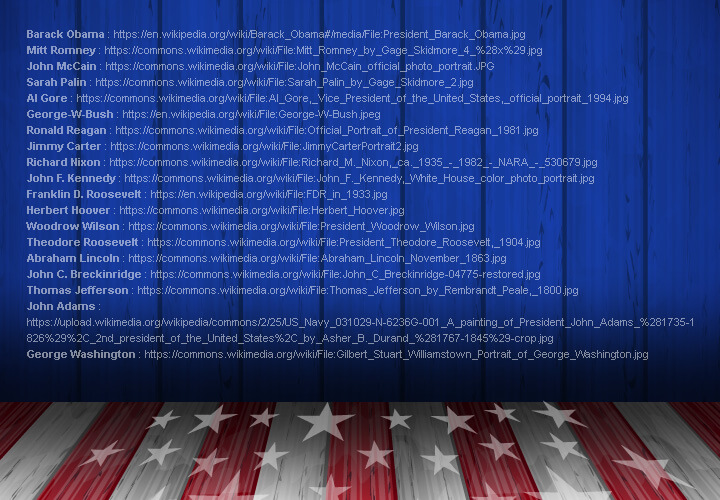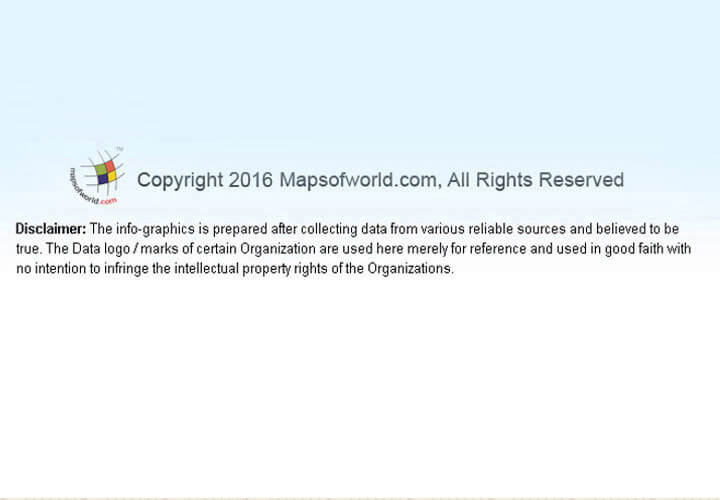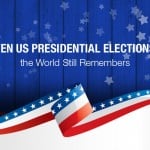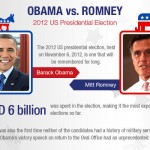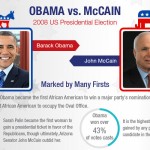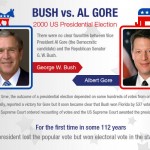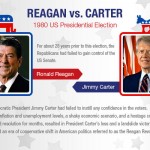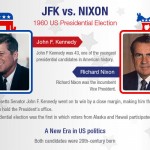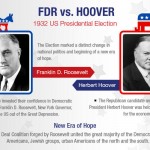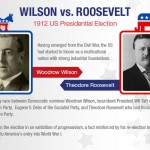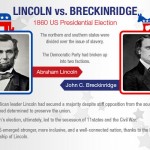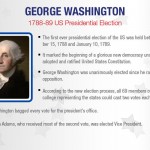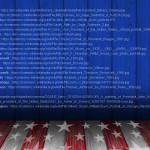2012 US Presidential Election – Obama vs. Romney
The 2012 US presidential election, held on November 6, 2012, is one that will be remembered for long. Incumbent president Barack Obama and Republican nominee Mitt Romney were in a neck to neck race with popularity swaying either way at different times. With about USD 6 billion having been spent, this had been the most expensive elections so far, according to independent studies. The issues, the debates, the ideals of the candidates sharply polarized the American electorate. Clinton and Bush had both served two consecutive terms before Obama. It was also the first time neither of the candidates had a history of military service. President Obama’s return to the Oval Office was widely celebrated and his victory speech had an unprecedented viewership.
2008 US Presidential Election – Obama vs. McCain
The 2008 US presidential election, held on November 5, 2008, was marked by many firsts. The Democratic nominee Senator Barack Obama became the first African American to win a major party’s nomination. He went on to become the first African American to occupy the Oval Office but only after winning a tough race against Senator Hillary Clinton. The Republican camp, too, was not without its share of contests. Sarah Palin was the first woman to gain a presidential ticket in favor of the Republicans, though ultimately, Arizona Senator John McCain outdid her. Obama won over 43 per cent of the votes cast – the highest share gained by any presidential candidate in US history.
2000 US Presidential Election – Bush vs. Al Gore
Never before had the outcome of a presidential election depended on some hundreds of votes from one single state. Vice President Al Gore, the Democratic candidate, seemed all set to win but the Lewinsky scandal had undoubtedly taken its toll. Republican Senator George W. Bush seemed to be quite popular on his own but there were no clear favorites. The result of the presidential race hinged on Florida. A recount was ordered by the Florida Supreme Court and stopped by the US Supreme Court awarding the presidency to Bush. For the first time in some 112 years had a president lost the popular vote but won electoral vote in the states.
1980 US Presidential Election – Reagan vs. Carter vs. Anderson
What made the 1980 presidential election (held on November 4, 1980) most memorable, perhaps, is its outcome. For about 28 years prior to this election, the Republicans had failed to gain control of the US Senate. On the other hand, incumbent Democratic President Jimmy Carter had failed to instill any confidence in the voters. The high inflation and unemployment levels, a shaky economic scenario, and a hostage crisis in Iran that defied resolution for months, resulted in President Carter’s loss and a landslide victory for Reagan. It started an era of conservative shift in American politics referred to as the Reagan Revolution.
1960 US Presidential Election – JFK vs. Nixon
John F. Kennedy was 43, one of the youngest presidential candidates in American history. Richard Nixon was the incumbent Vice President. The 1960 US presidential election, held on November 8, 1960, was one of the closest in the country. Massachusetts Senator John F. Kennedy went on to win by a close margin, making him the first Catholic to hold the President’s office. This presidential election was the first in which voters from Alaska and Hawaii participated (both had been granted statehood in 1959). The election marked a new era as it was the first in which both candidates were 20th-century born.
1932 US Presidential Election – FDR vs. Hoover
The 1932 US presidential election, held on November 8, 1932, marked a distinct change in national politics. The voters invested their confidence in Democratic nominee and New York Governor Franklin D. Roosevelt to bring the nation out of the Great Depression. The Republican candidate and incumbent President Herbert Hoover was held responsible for the economic downslide. The New Deal Coalition forged by Roosevelt united the great majority of the Democrats as we now know them – African Americans, Jewish groups, urban Americans of the north and the south. After years of Republican domination, the election marked the start of a new era of hope.
1912 US Presidential Election – Wilson vs. Roosevelt vs. Taft vs Debs
Having emerged from the Civil War, the US had started to bloom as a multiethnic, multicultural nation with strong industrial foundations. The 1912 US presidential election, held on November 5, 1912, represented a four-way race between Democrat nominee Woodrow Wilson, incumbent President W. H. Taft of the Republican Party, Eugene V. Debs of the Socialist Party, and Theodore Roosevelt who had formed his own Progressive Party. Wilson won the election in an exhibition of progressivism, a fact reinforced by his re-election in 1916, a year prior to America’s entry into World War I.
1860 US Presidential Election – Lincoln vs. Breckinridge vs. Bell vs. Douglas
The undisputed hero of the US presidential election of 1860, held on November 6, 1860, was Abraham Lincoln. The northern and southern states were divided over the issue of slavery. The Democratic Party had broken up into two factions. Republican leader Lincoln had secured a majority despite stiff opposition from the south and remained determined to preserve the union. Lincoln’s election, ultimately, led to the secession of 11 states and the Civil War. The US emerged stronger, more inclusive, and a well-connected nation, thanks to the heroic leadership of Lincoln.
1800 US Presidential Election – Jefferson vs. Adams
The 1800 US Presidential election, held between October 31 and December 3, 1800, was the first one that was marked by a fierce competition between the two presidential candidates – the Federalist candidate incumbent President John Adams (with running mate – Charles Pinckney) and the Democratic-Republican candidate incumbent Vice-President Thomas Jefferson (with running mate – Aaron Burr). The campaign was a bitter one characterized by much mudslinging and name calling. The aftermath of the French Revolution provided the candidates and their parties fertile grounds for negative politicking. A flaw in the electoral process was revealed with Jefferson and Burr remaining tied till the stalemate was broken on February 17, 1801 with the 36th ballot and Thomas Jefferson elected as the President. This paved the way for the introduction of the Twelfth Amendment.
1788-89 US Presidential Election – George Washington
The first ever presidential election of the US was held between December 15, 1788 and January 10, 1789. It marked the beginning of a glorious new democracy under the newly adopted and ratified United States Constitution. George Washington, the greatest among all national leaders, was unanimously elected since he ran without any opposition. According to the new election process, all 69 members of the electoral college representing the states cast two votes each. Washington bagged every vote for the president’s office. John Adams, who received most of the second vote, was elected Vice President. This process was changed in 1804 and the introduction of the Twelfth Amendment made it necessary for the electors to cast separate votes for president and vice president.
Read More:



